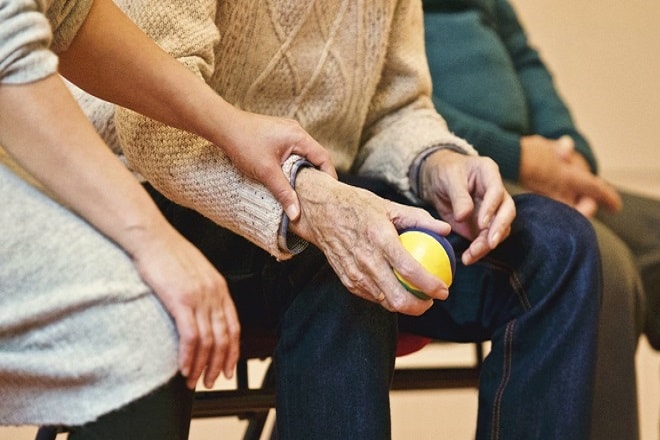Unmasking the Societal Canvas: The Intricate Dance of Art and Society
Immerse yourself in an exploration of the intricate dance between art and society. Discover how these two realms intertwine, shaping and reflecting each other in a continuous dynamic waltz. Read below to unveil the profound impact of this symbiotic relationship on our shared cultural and societal landscape.

The Historical Symbiosis Between Art and Society
Art has always been a mirror of society, reflecting its values, struggles, and aspirations. From the primal cave paintings of early humans to the grandiose masterpieces of the Renaissance and the provocative works of modern art, the evolution of artistic expression echoes the shifts in societal structures and mindset.
Art as a Societal Spotlight
Art does not only reflect society; it also illuminates its darkest corners. The bold, sometimes controversial, pieces of art serve as societal spotlights, drawing attention to issues that might otherwise remain in the shadows. For instance, the Dada movement of the early 20th century, with its absurd and chaotic works, was a fierce commentary on the senseless destruction of World War I.
Contemporary Art and Cultural Shifts
In present times, the canvas of art continues to capture the spirit of societal change. Street art, for instance, has emerged as a powerful medium for social commentary, highlighting issues such as racial equality, climate change, and political dissent. This grassroots art form aligns with the trend of democratization and decentralization in society, allowing voices from the fringes to permeate the mainstream cultural discourse.
The Societal Implications of Artistic Movements
Artistic movements are not mere chronological markers in the annals of art; they have profound societal implications. The conceptual art movement, for instance, has challenged traditional notions of art, pushing the boundaries of what can be considered art. This shift parallels societal trends of questioning established norms and embracing unconventional perspectives, thus reshaping the societal understanding of creativity and expression.
The Reciprocal Dance: Society Influencing Art
While art influences society, the reverse is equally true. Societal changes, such as technological advancements and shifts in social norms, often lead to new artistic mediums and expressions. Digital art and feminist art are examples of how societal developments can usher in new artistic trends.
Art and society share a reciprocal relationship, akin to an intricate dance. Each influences the other, shaping and reflecting the trends, values, and shifts of our collective existence. This symbiotic bond ensures that art remains a vibrant and relevant part of our societal fabric, offering insights, challenging norms, and giving voice to the silent. As we move forward, this dance is likely to continue, with each step revealing more about our shared human experience.




